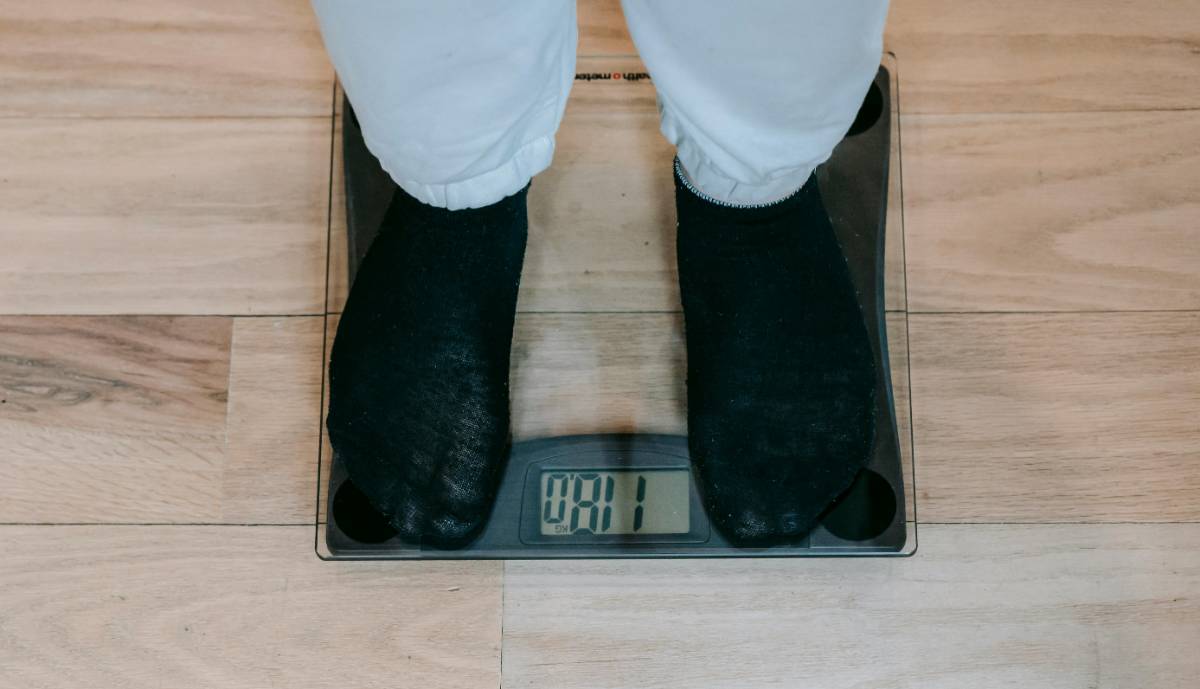Incorporating More Fruits and Vegetables into Your Diet

3 min read
|18 Mar 2025Eating more fruits and vegetables is essential for maintaining a healthy diet and overall well-being. They are packed with essential nutrients, vitamins, minerals, and fiber that support various bodily functions and can help prevent chronic diseases. This article will provide you with practical tips and strategies to increase your fruit and vegetable intake and make them a more prominent part of your diet.
Understanding the Importance of Fruits and Vegetables
Fruits and vegetables are nutrient-dense foods that provide a wide range of health benefits. They are rich in vitamins A and C, potassium, antioxidants, and dietary fiber, which are crucial for maintaining good health. Regular consumption of fruits and vegetables has been linked to a lower risk of heart disease, stroke, certain cancers, and digestive problems. Additionally, they help support a healthy weight and boost overall energy levels.
Tips for Increasing Fruit and Vegetable Intake
Incorporating more fruits and vegetables into your diet doesn't have to be challenging. Here are some practical tips to help you get started:
Add Fruit to Breakfast: Start your day by including fruit in your breakfast. Add sliced bananas or berries to your cereal, yogurt, or smoothie. You can also enjoy a piece of fruit on the side or make a fruit salad.
Snack on Vegetables: Keep cut-up vegetables like carrots, celery, cucumbers, and bell peppers readily available for quick snacks. Pair them with a healthy dip, such as hummus or yogurt-based dressing, for added flavor and nutrition.
Include Vegetables in Every Meal: Make it a habit to include vegetables in every meal. Add spinach or kale to your omelets, mix chopped vegetables into your pasta sauce, or serve a side salad with your lunch or dinner.
Experiment with New Recipes: Try new recipes that highlight fruits and vegetables as the main ingredients. Explore different cooking methods, such as roasting, grilling, or steaming, to discover new flavors and textures.
Use Fruits and Vegetables in Desserts: Incorporate fruits into your desserts to make them healthier. For example, use fresh berries in a fruit compote, bake apple slices with a sprinkle of cinnamon, or make a fruit sorbet.
Keep Frozen Options Handy: Keep a supply of frozen fruits and vegetables in your freezer. They are convenient, have a long shelf life, and can be used in a variety of dishes, from smoothies to stir-fries.
Plan Your Meals: Plan your meals in advance to ensure you include a variety of fruits and vegetables throughout the week. Make a shopping list that includes a colorful array of produce to keep your diet diverse and nutritious.
Incorporate Seasonal Produce: Take advantage of seasonal fruits and vegetables to enjoy the freshest and most flavorful options. Seasonal produce is often more affordable and can add variety to your meals.
Blend Fruits and Vegetables into Smoothies: Smoothies are a great way to consume multiple servings of fruits and vegetables in one go. Blend together a mix of fruits, leafy greens, and a liquid base for a nutritious and tasty drink.
Get Creative with Salads: Make salads more exciting by adding a variety of colorful fruits and vegetables. Experiment with different greens, vegetables, fruits, nuts, seeds, and dressings to create flavorful and satisfying salads.
Conclusion
Incorporating more fruits and vegetables into your diet is a simple yet effective way to enhance your overall health and well-being. By making small changes and adopting these practical tips, you can increase your intake of these nutrient-dense foods and enjoy the numerous benefits they offer. Embrace the versatility and variety of fruits and vegetables to create delicious and nutritious meals that support a healthy lifestyle. Remember, the key is to make fruits and vegetables a regular and enjoyable part of your daily routine.
MORE ARTICLES

4 min read | 21 May 2025
Personal Care Tips to Enhance Your Fitness Routine
Incorporating personal care into your fitness routine can greatly enhance your overall well-being and performance. Taking care of yourself beyond just your workouts can lead to better results, improved recovery, and a more balanced approach to fitness. Here are some essential personal care tips to complement and enhance your fitness journey.

2 min read | 20 May 2025
How to Combine Healthy Eating and Effective Workouts for Optimal Results
Achieving optimal results from your fitness routine involves more than just hitting the gym or following a structured workout plan. Combining healthy eating with effective workouts is essential for maximizing performance, enhancing recovery, and achieving your fitness goals. Here’s how to integrate these two crucial components to get the best results from your efforts.

5 min read | 19 May 2025
How to Track Your Fitness Progress
Tracking your fitness progress is essential to understanding your improvements, staying motivated, and adjusting your workout routine as needed. Whether you’re aiming to build strength, lose weight, or improve overall fitness, knowing how to monitor your progress can help you reach your goals more effectively. Here’s how you can track your fitness progress:

4 min read | 18 May 2025
Full-Body Workout Routines You Can Do at Home
Full-body workouts are an effective way to engage multiple muscle groups and achieve a balanced fitness routine without needing a gym. Whether you’re short on time or prefer exercising at home, a well-structured full-body workout can help you build strength, increase endurance, and improve overall fitness. Here’s how to create effective full-body workout routines you can do at home.

2 min read | 17 May 2025
Stretching Routines for Flexibility and Injury Prevention
Incorporating stretching routines into your fitness regimen can greatly enhance flexibility, prevent injuries, and improve overall performance. Whether you’re an athlete or just looking to improve your daily movement, developing a consistent stretching routine is key to maintaining muscle health and mobility. Here’s how to create effective stretching routines for flexibility and injury prevention.

2 min read | 16 May 2025
HIIT Workouts for Maximum Fat Burn
High-Intensity Interval Training (HIIT) is an effective workout method for burning fat and improving overall fitness. By combining short bursts of intense exercise with periods of rest or lower-intensity activity, HIIT can help you achieve maximum fat burn in a relatively short amount of time. Here’s how to make the most of HIIT workouts for fat loss.
RECENT POSTS
1
Benefits of Using Sunscreen Daily
4 min read | 01 Mar 20252
The Benefits of Strength Training for Weight Loss
5 min read | 30 May 20253
Tips for Maintaining Weight Loss After Reaching Your Goal
2 min read | 29 May 20254
How to Read Nutrition Labels to Support Your Weight Loss Goals
4 min read | 28 May 20255
The Role of Protein in Weight Loss and How to Include It in Your Diet
2 min read | 27 May 20256
Low-Carb Diets: Do They Really Work for Weight Loss?
5 min read | 26 May 2025MORE POSTS

The Importance of Regular Weigh-Ins
5 min read | 16 May 2025
How to Interpret Data from Fitness Trackers
7 min read | 15 May 2025
Setting Up and Using Weight Loss Goals and Milestones
6 min read | 14 May 2025
The Role of Mobile Apps in Weight Loss
8 min read | 13 May 2025
Tracking Progress: Beyond the Scale
7 min read | 12 May 2025
